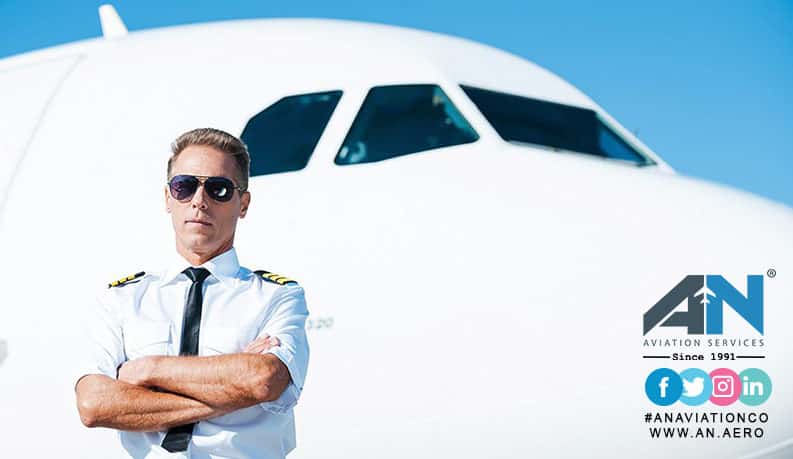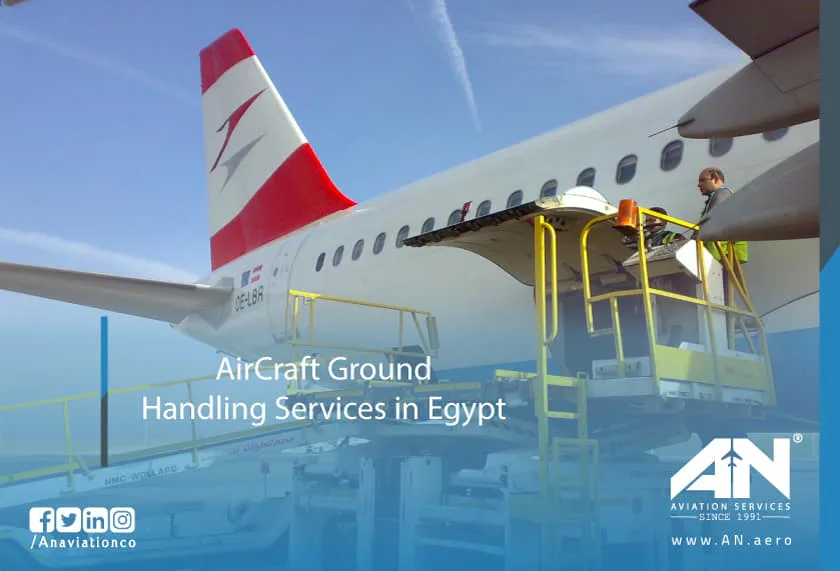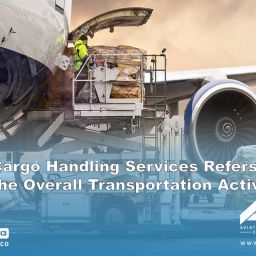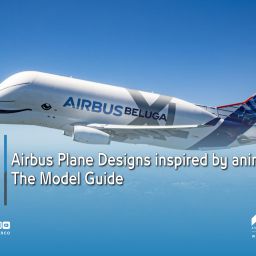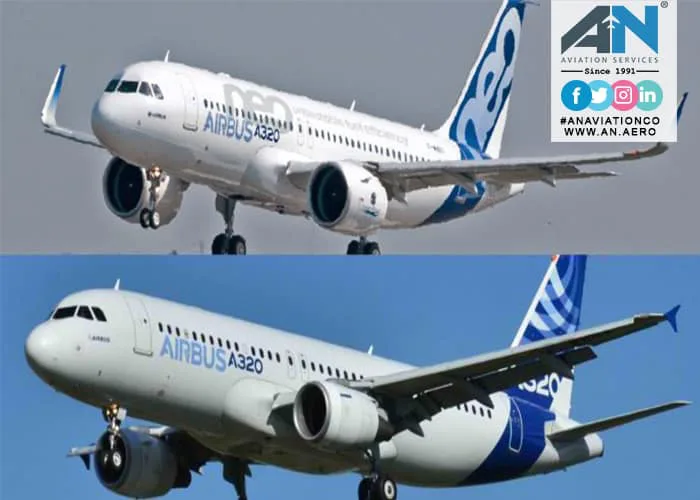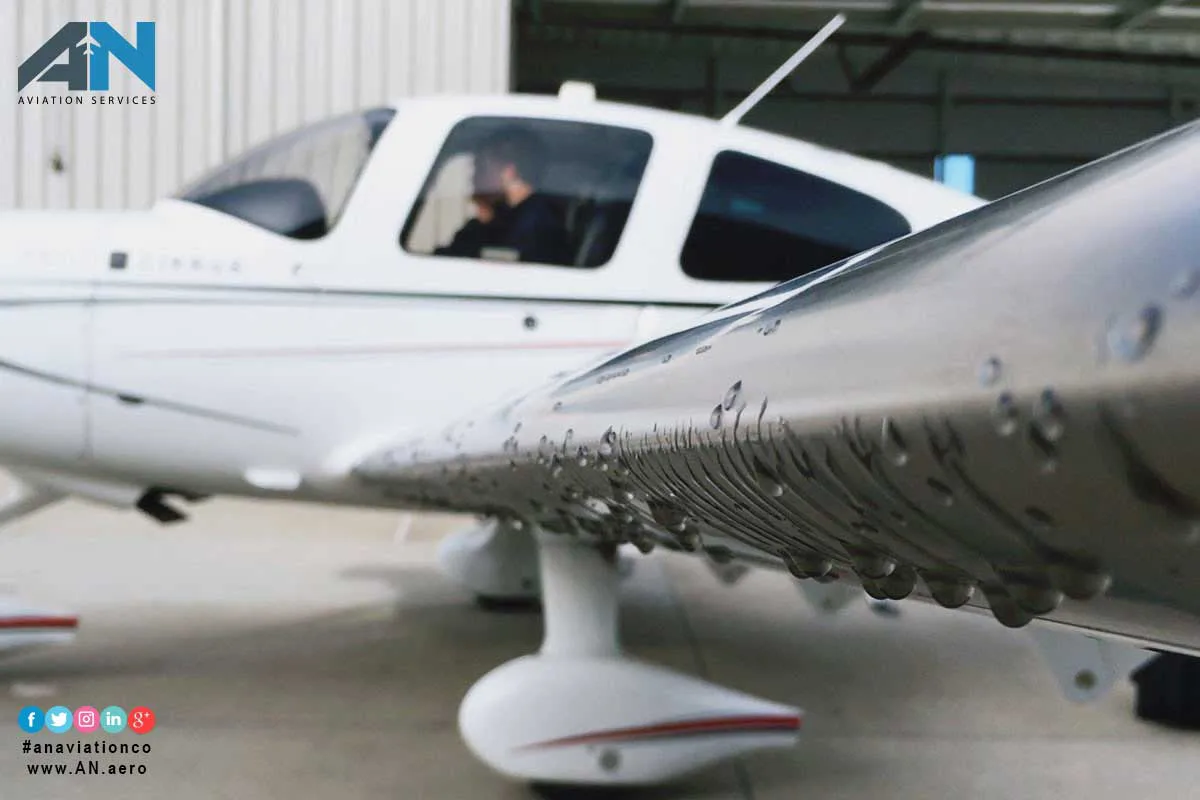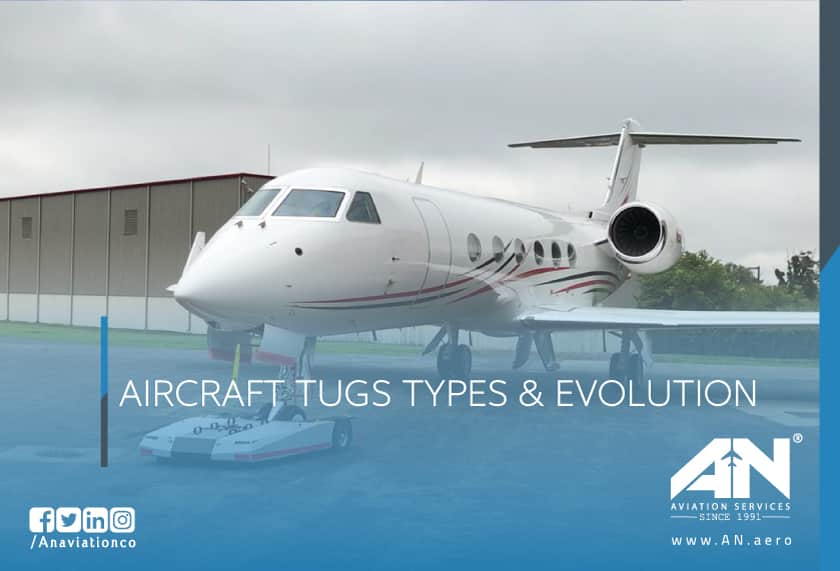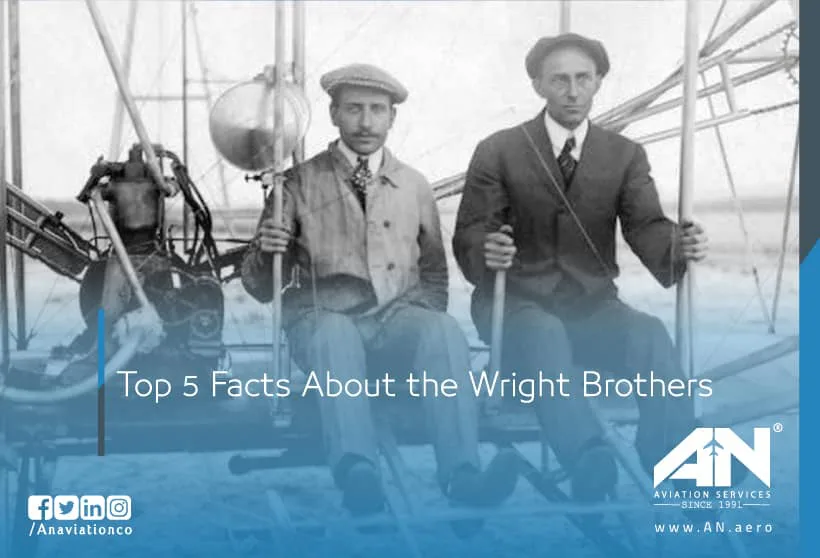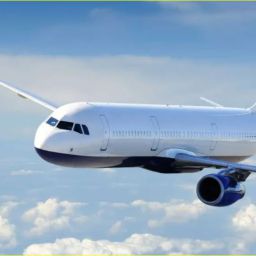
The history of flight is a fascinating journey marked by human ingenuity, courage, and a relentless drive to conquer the skies. For centuries, people looked up in wonder, watching birds soar and clouds drift, dreaming of a time when they, too, could break free from the bounds of Earth. This dream of flying has deep roots, from ancient myths and sketches of imagined flying machines to the first successful flights that changed the world.
In this blog post, we’ll explore the key milestones in the history of aviation, from lighter-than-air flight in the form of hot air balloons to the groundbreaking heavier-than-air flying machines. We’ll look at the contributions of early pioneers like Leonardo da Vinci, Sir George Cayley, and the Wright Brothers—visionaries who transformed flight from fantasy into reality.
Early Concepts of Flight: The Dream Takes Shape
Long before anyone achieved controlled flight, there were numerous efforts to understand how it might be possible. The desire to fly is evident in ancient myths, such as the story of Icarus, and in the work of polymaths like Leonardo da Vinci. In the late 15th century, da Vinci sketched designs for various flying machines based on his observations of birds.
While none of these designs ever took to the skies, da Vinci’s explorations laid the conceptual groundwork for future developments in flight. His sketches included ideas for winged contraptions and ornithopters, machines designed to mimic the flapping motion of birds’ wings.
In the early 19th century, the British engineer Sir George Cayley began studying the principles of flight in a more scientific manner. Often called the “Father of Aerodynamics,” Cayley identified essential concepts like lift, thrust, and drag—forces that are still fundamental to flight today. Cayley also distinguished between lighter-than-air and heavier-than-air flight and experimented with early gliders, marking a turning point in the development of flying machines. His work provided a crucial foundation that future inventors would build upon.
The Age of Balloons: Lighter-Than-Air Flight
The first practical step toward human flight came in the form of hot air balloons, which are lighter-than-air vehicles. On November 21, 1783, French inventors Joseph-Michel and Jacques-Étienne Montgolfier launched the first manned balloon flight over Paris. Piloted by Jean-François Pilâtre de Rozier and François Laurent d’Arlandes, this balloon rose into the sky, carrying human passengers for the first time. It was a landmark event that demonstrated the feasibility of sustained flight, albeit without the ability to steer or control the vehicle’s direction.
Shortly after, other pioneers sought to improve upon this breakthrough. In 1852, Henri Giffard, a French engineer, designed the first steam-powered airship, which was essentially a steerable balloon. Although not very fast, Giffard’s airship proved that powered, controlled flight was possible. This steam-powered airship represented a crucial step in the history of lighter-than-air flight and set the stage for the development of more advanced flying machines.
The Move to Heavier-Than-Air Machines: Visionaries and Early Experiments
As hot air balloons gained popularity, inventors began exploring heavier-than-air machines that could achieve flight with the help of propulsion and control systems. The concept of a powered, controllable heavier-than-air machine attracted various innovators, but it was Sir George Cayley who made some of the earliest breakthroughs. In 1804, Cayley designed and built a model glider, and later a full-sized glider capable of carrying a human passenger. Though it was not yet a powered aircraft, Cayley’s glider experiments demonstrated the potential for heavier-than-air flight.
In the 19th century, British engineer William Samuel Henson proposed the Aerial Steam Carriage, a design for a fixed-wing aircraft powered by steam. Although it was never built, Henson’s concept included many features we associate with modern planes, such as a fuselage, wings, and control surfaces. Octave Chanute, a French-American engineer, also played an influential role by publishing “Progress in Flying Machines” in 1894, a comprehensive study of all known aviation experiments. Chanute’s work inspired other inventors, particularly the Wright Brothers, and brought the dream of controlled, powered flight closer to reality.
The Wright Brothers and the First Controlled Flight
The Wright Brothers, Orville and Wilbur Wright, are credited with achieving the first successful, controlled, and powered flight in a heavier-than-air machine. Building on the knowledge of their predecessors, the Wright Brothers combined systematic experimentation with innovative designs. They developed and tested various wing shapes and configurations, and they understood the importance of flight control—an essential aspect that had stymied earlier inventors.
On December 17, 1903, at Kitty Hawk, North Carolina, Orville Wright piloted the Wright Flyer for a 12-second flight, covering 120 feet. Though brief, this flight represented a monumental achievement in the history of flight. Unlike previous attempts, the Wright Flyer had a propulsion system and could be steered. This made it the first true flying machine in the sense we understand today—a vehicle that could take off, maintain controlled flight, and land safely.
The Wright Brothers’ success was due in large part to their development of three-axis control, a system that allowed the pilot to control pitch, roll, and yaw. This breakthrough in flight control set the standard for modern aviation, and their achievement at Kitty Hawk marked the birth of heavier-than-air flight.
The Age of Innovation: Expanding the Boundaries of Flight
Following the Wright Brothers’ achievement, a wave of aviation pioneers took to the skies, each pushing the boundaries of what was possible. Brazilian aviator Alberto Santos-Dumont was one of these early aviation enthusiasts. In 1906, he made the first public flight in Europe with his heavier-than-air flying machine, the 14-bis, which he flew in front of a crowd in Paris. Santos-Dumont’s accomplishment captured the public’s imagination and helped to popularize aviation in Europe.
Aviation technology continued to develop rapidly during the early 20th century. In 1909, Louis Blériot made history by becoming the first person to fly across the English Channel, and by 1914, aircraft were being used for reconnaissance and combat during World War I. The advances in aviation technology during this period were astounding, leading to the creation of faster, more reliable aircraft capable of flying greater distances.
The aviation industry’s growth in the early 20th century also led to the formation of regulatory bodies and the establishment of standardized rules. Organizations like the International Civil Aviation Organization (ICAO) would later emerge to oversee the safety and efficiency of global aviation. By the 1920s and 1930s, commercial airlines began operating, and passenger flights gradually became accessible to the public, marking the start of modern air travel.
The Modern Era: Jets, Space, and Beyond
The development of jet engines during World War II revolutionized aviation once again. The first operational jet-powered aircraft, the Messerschmitt Me 262, demonstrated the immense potential of jet propulsion, leading to the post-war era’s rapid expansion of commercial and military aviation. The introduction of jet engines allowed planes to fly higher, faster, and farther than ever before, making air travel accessible to millions of people around the world.
By the mid-20th century, commercial aviation was booming, with aircraft like the Boeing 707 and Douglas DC-8 making transcontinental and transatlantic travel commonplace. Innovations in materials, avionics, and aerodynamics continued to push the boundaries, leading to larger, more efficient planes like the Boeing 747, which earned its nickname, the “Queen of the Skies.”
Today, the aviation industry is focused on developing even more efficient, eco-friendly aircraft, with advancements in electric propulsion, composite materials, and autonomous systems. The dream of flight has grown to include space travel, with private companies and government agencies working to make flights to orbit and beyond a reality. The progress we see today is a continuation of the pioneering spirit that began with hot air balloons, flying machines, and the bold dreams of early inventors like Leonardo da Vinci, Sir George Cayley, and the Wright Brothers.
Conclusion: From Dream to Reality, the Evolution of Flight Continues
The history of flight is a remarkable story of human aspiration, innovation, and perseverance. From the early hot air balloons to the Wright Brothers’ first powered flight and the modern jets that connect continents, aviation has evolved rapidly over the last few centuries. The pioneers of flight turned a timeless dream into reality, each contributing a piece to the puzzle that brought humans closer to the skies.
As technology continues to advance, the journey of flight is far from over. The dream that once seemed impossible has become an everyday reality, and the future holds new frontiers, from electric aviation to interplanetary travel. Today’s innovations are built on the legacy of those who dared to believe in a world where humans could soar above the clouds. The history of aviation is a testament to the power of imagination, determination, and the unending quest for discovery.


